
Pros
- Improvements on the best features from the original
- Fantastic and smooth performance
- Great voice acting and OST
- Challenging gameplay, forgiving checkpoints
- Larger collection of upgrade chips and powerful ultimate moves
- Satisfying gameplay loop
Cons
- Sandbox areas aren't effectively utilized
- Motorbike segments feel half-baked
- Forced character and world building
- Hub area isn't necessary and jarring
- Lack of targeting system for long-range weapons
In fast-paced, cyberpunk-themed games, Ghostrunner II is a formidable sequel, navigating familiar territory and uncharted realms. Setting the stage in a post-Keymaster Dharma Tower, the game paints a bleak picture where anarchy rules, violent gangs gain prominence, and cults rise in the power vacuum. The follow-up positions players as members of the Interface Council, aiming to restore some semblance of order a year after the tumultuous events of the initial installment.
After killing The Keymaster, Jack and his team are left to try to bring some semblance of order back to Dharma Tower following the events of the first Ghostrunner. The stronghold is the centerpiece of the power mentioned above, a vacuum left by the Keymaster. From the outset, new factions and modified enemies make themselves known, creating a cyberpunk hellscape for Jack and the Interface Council to slice through.
Ghostrunner II tries to weave a solid narrative, but it’s not one of the game’s strengths because it doesn’t have to be.
Dodge, Duck, Dip, Dive and Dodge
Based in Poland, One More Level was the driving force behind the game’s development. Radoslaw Ratusznik, the game director, views the game as a progressive step from the original Ghostrunner. Although the game retains its challenging essence, various gameplay adjustments were made to cater to newcomers.
Notably, an active blocking feature was integrated for those finding rapid movements difficult. The game draws inspiration from sources like Samurai Jack, as lead gameplay designer Lukasz Wabik mentioned. Adding Jack’s motorcycle was a nod to the game’s swift combat dynamics and cyberpunk flair.
Ghostrunner II sticks to its roots in several ways. Its push-forward combat mechanism melds seamlessly with first-person platformer action, ensuring heart-pounding encounters at every corner. The momentum-based movement, a cherished aspect from the first game, remains integral, allowing players to glide, jump, swing, and dash with unparalleled fluidity. New to the fray are semi-open level designs and the intriguing addition of motorcycle combat.
The game is unapologetically challenging but compensates with a more diverse array of powers and abilities. This expanded arsenal grants players a broader spectrum of strategies to approach various challenges, ensuring that the gameplay always feels varied. While Katanas, gloves, and motorcycles only have aesthetic advantages in the armory, Ghostrunner II has two skill trees. The Motherboard is one such tree and uses upgrade chips to allow players to upgrade Sword, System, Traversal, Flow, Shuriken, Tempest, Shadow, and Rootkit.
(1 of 2) Gloves, Katana and Bike skins don’t add any buffs to Ghostrunners, but personalizing those cyber hands that kill is a winner.jpg
Gloves, Katana and Bike skins don’t add any buffs to Ghostrunners, but personalizing those cyber hands that kill is a winner.jpg (left), Artificial Senses Upgrade Chip for sale at the vending machine, the only mechanic that warrants a hub area between levels. (right)
Each upgrade within the above takes up an upgrade slot, with more spaces becoming available as players collect Memory Shards in-game. There’s enough room to have a maximum of 20 upgrade chip slots active at once, so there’s plenty of Ghostrunner modifying in this 3D sandbox bonanza. Upgrade chips such as Artificial Senses belong to the Traversal family of upgrade chips and reduce the cost of sensory boost by 25%, for example. This means players can slow time and boost in mid-air multiple times without needing to stop as quickly.
Another way to enhance gameplay is to invest in Ultimates, a last-resort powerful attack to get any player out of a crowded or difficult situation. Flux, for example, launches a deadly laser stream from a Ghostrunner’s hands that cuts through anything in its path. Initially, this takes time to charge, but upgrading it through use allows players to increase its power and negate charging time.
This is a lived-in world with level design that feels like a ruined city, not a random assortment of ledges, platforms, and movement mechanics.
Old and new culminate in boss fights that force players to learn how they work by dying with no repercussions, save for a generous checkpoint. These fights distill Ghostrunner II’s formula by allowing players to try various strategies while keeping the gameplay hook fresh, thanks to randomized actions from the antagonists.
Enter The Matrix?
With the opportunity to step outside the confines of Dharma Tower, players can immerse themselves in expansive landscapes punctuated with new formidable bosses. Shimmering with a blend of gritty realism and neon undertones, hacking also returns in a digital hellscape of puzzle platforming. Similar to a certain movie franchise (check the subheading), Ghostrunners jack into security terminals to destroy any digital roadblocks preventing players from progressing. The cityscape, juxtaposing dilapidated residential blocks and neon-soaked industrial complexes, captures the essence of a cyberpunk dystopia.
(1 of 2) Hacking unlocks cyber landscapers full of defensive measures to take down.
Hacking unlocks cyber landscapers full of defensive measures to take down. (left), Sandbox city areas are massive, sometimes a little too big, and take away from Ghostrunner II’s core gameplay mechanics. (right)
The tower’s design in the first Ghostrunner has bled out into the cyberpunk cityscape of Ghostrunner II. This is a lived-in world with a level design that feels like a ruined city, not a random assortment of ledges, platforms, and movement mechanics. Exploration feels natural, but it’s not an open-world experience. The environment uses anything from old rags to yellow swing bars to give visual cues to players on where to navigate. Its subtle touches like this that make Ghostrunner II feel like a living environment.
Ghostrunner II isn’t a long game compared to other titles that employ the use of sandbox environments, and it doesn’t need to be. If it had an easy mode for beginners or a well-seasoned Ghostrunner entered the fray, this would roughly be a ten-hour game. Given the nature of the die and try again mechanics and emphasis on fast yet well-timed gameplay, Ghostrunner II can quickly turn into a 20-hour jaunt. Be prepared to spend an hour here or there on a group of enemies or a single boss.
Cyber Tunes And Amazing Views
Music has always been the soul of the Ghostrunner series. This sequel complements the narrative and sets a pulsating pace, pressuring players and amplifying gameplay speed. The voice acting is solid, with a buy-in that doesn’t take itself seriously. The old sarcasm with dark undertones always hits a sweet spot.
Ghostrunner II offers graphic modes across next-gen consoles for those keen on technical specifics. Whether you prioritize resolution, frame rate, or overall performance, there’s a mode tailored for everyone. Performance mode is arguably the best, thanks to buttery smooth 60 FPS at 1080P on Xbox Series X. Games like Ghostrunner II deserve it and only add to the boomer shooter/action/puzzle /3D platformer gameplay immersion.
Ghostrunner II can take players by surprise with its level design and use of neon.jpg
In any mode, the game pops for a 16GB install on Xbox Series X. It feels AAA with textures keeping up appearances during fast traversal and combat. It’s the younger, edgier sibling of the first Ghostrunner, building on its presentation by expanding maps and piecing these sandboxes together through visually well-thought-out traversal sequences.
Ghostrunning For Dummies
Ghostrunner II is not merely about raw power. It demands agility, strategy, and energy management. Blocking is vital in mitigating damage, while mobility is critical to evading foes. To break this down to basics, players need to keep moving. Everything about Ghostrunner II pushes players to commit to choices and punishes them for procrastination. There are points where players will need to solve environmental puzzles, such as activating power switches to get to the next stage of a level, but combat and traversal are built for fast gameplay.
The core mechanics of Ghostrunner II were nailed on its debut release. Still, the execution this time is dampened by shoehorning in the aforementioned segments and sandbox areas.
The best way to move about quickly is to speed boost, then slide and repeat the process. It makes players a more challenging target to hit, and this combo can be chained with jumps and attacks to gain better distance and quicker attacks, respectively. Holding down speed boost activates the Sensory Boost ability, which slows down time so players can dodge bullet fire or boost themselves back up to a wall run or platform.
(1 of 2) Sliding and boosting are great ways to cover ground quickly.
Sliding and boosting are great ways to cover ground quickly. (left), Taking a moment to aim a shuriken shot can turn the tide in battle. (right)
Tools like shurikens and gap-jammers accentuate the protagonist’s combat prowess. Shurikens have a wide array of uses inside and out of battle. For example, players can throw one to destroy platform support to turn it into a running wall, then throw a second shuriken to a large enemy to turn them into a grapple point for a quick dispatch. Ranged weapons are as crucial as a player’s Katana in Ghostrunner II.
With how fast-paced Ghostrunner II is, it’s easy to lose one’s position. The mini-map offers a beacon for those keen on exploration, highlighting collectibles and potential threats. It really comes into its own during boss battles. With a glance, players can see an attacker’s position and view to focus their boosts, skids, and arsenal in the right spots.
Cyberpunk Shoehorn?
One of the significant additions, the motorcycle segments, though brimming with potential, feel slightly underbaked. Issues with control and a confined field of view occasionally dampen the experience and make it feel awkward. The core mechanics of Ghostrunner II were nailed on its debut release. Still, the execution this time is dampened by shoehorning in the aforementioned segments and sandbox areas. The gameplay loop is a simple traversal: clear a sandbox, solve environmental puzzles, and move on to a boss fight or the next task.
A whole conversation to unlock the ability to buy Ability Chips is a low blow for the fast pacing of Ghostrunner II.
The hub area introduced is also guilty of forcing players into unnecessary mechanics. There is a loose narrative in Ghostrunner II, which has its moments but is not the most substantial arc, nor does it need to be. This is fine, but players are burdened with conversations that don’t go anywhere.
Ghostrunner II has plenty of strengths, but these additions only water down the winning formula that threw the original game into the mainstream. However, despite these minor quibbles, the game continually beckons players, leaving them yearning for the whole experience.
In essence, Ghostrunner II epitomizes adrenaline-fueled action. It does its best to forward the legacy of its predecessor by opening up levels by moving out of a confined tower and putting a bit more time into storytelling. However, these new features ultimately fall flat and feel like a shopping trolly dash.
The sequel has successfully retained the intense, acrobatic combat style and masterfully woven it into the tapestry of a dystopian future. While certain new gameplay elements might benefit from refinement, the core experience remains uniquely rewarding. Cyberpunk enthusiasts and action game lovers will find this a worthy addition to their collection.
Solid
Ghostrunner II masterfully carries forward its signature acrobatic combat, embedding it seamlessly into a dystopian backdrop. Despite some new gameplay aspects needing a touch-up, its foundational experience is distinctively gratifying.
Gameplay:
Sound:
Graphics:
Story:
Value Rating:
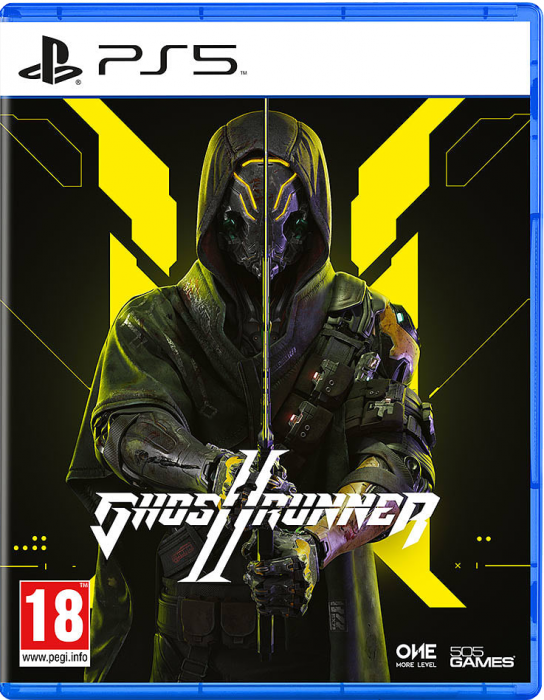

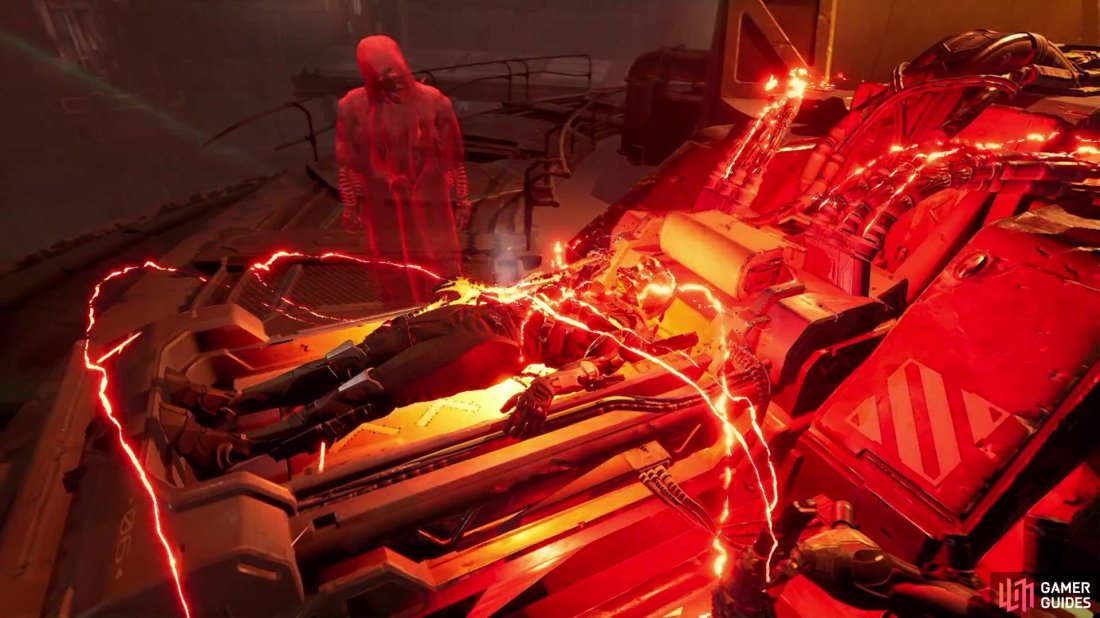
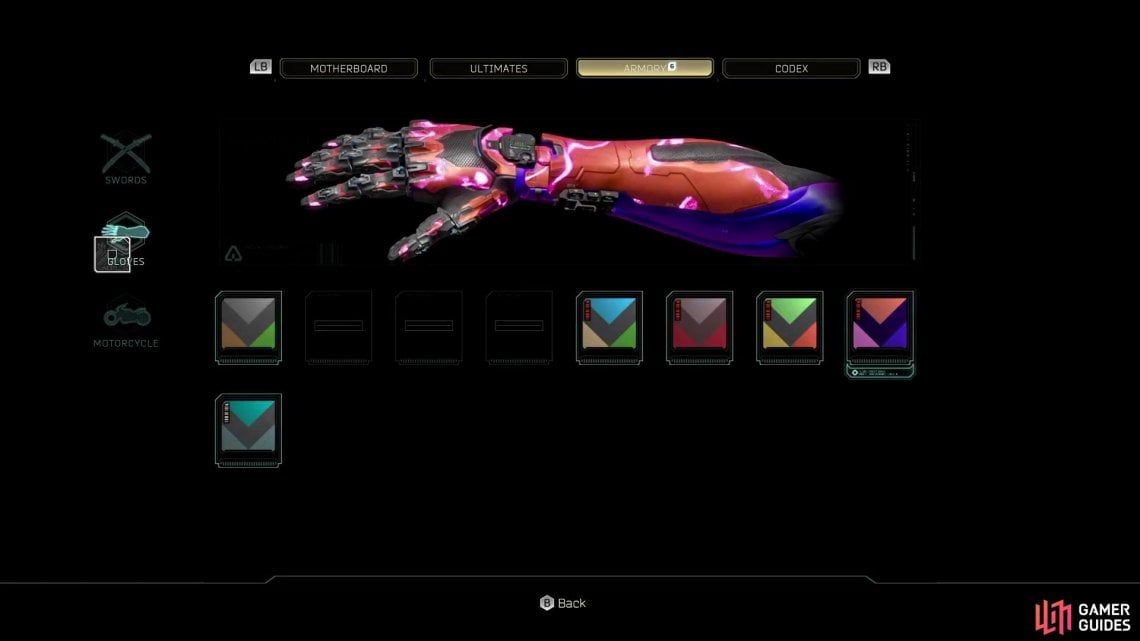




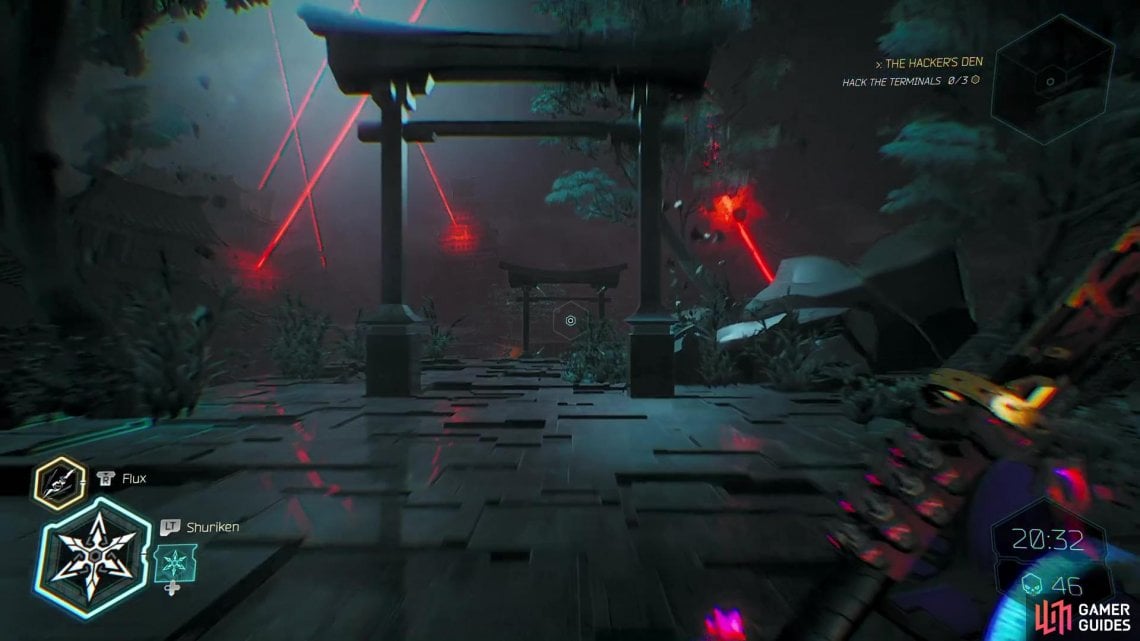

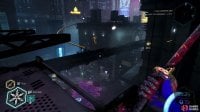


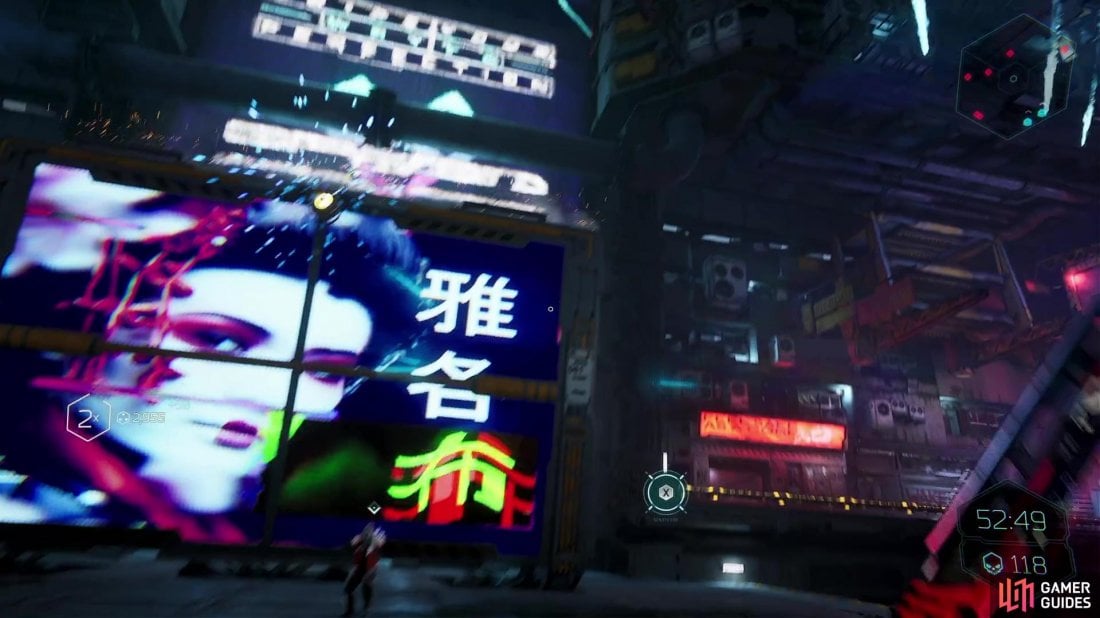
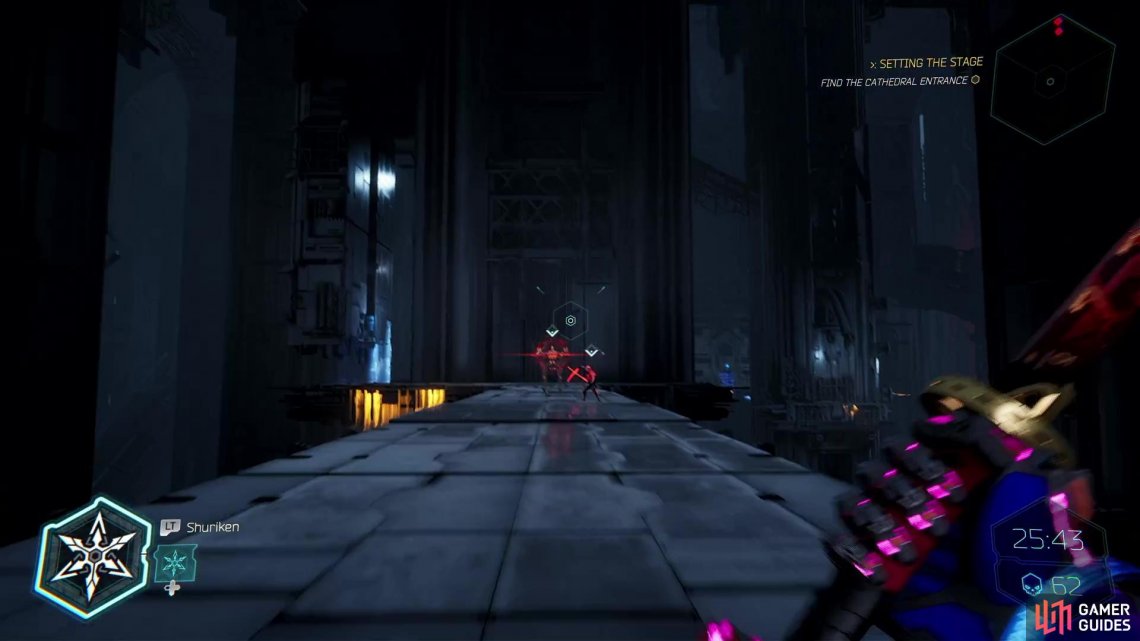

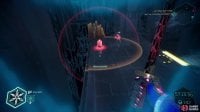


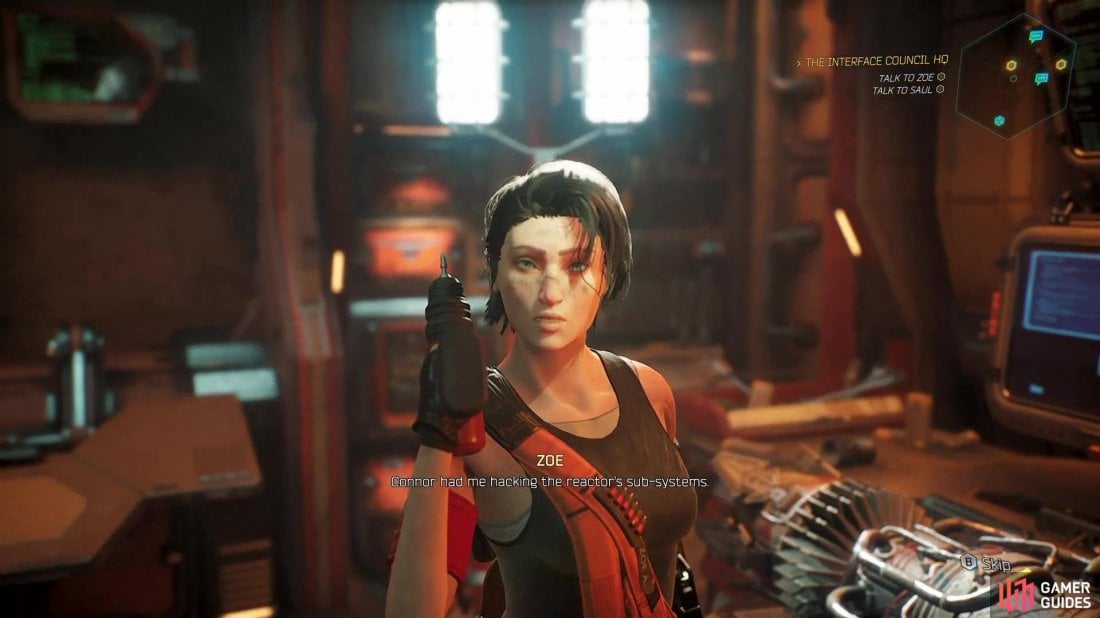
 Sign up
Sign up
No Comments